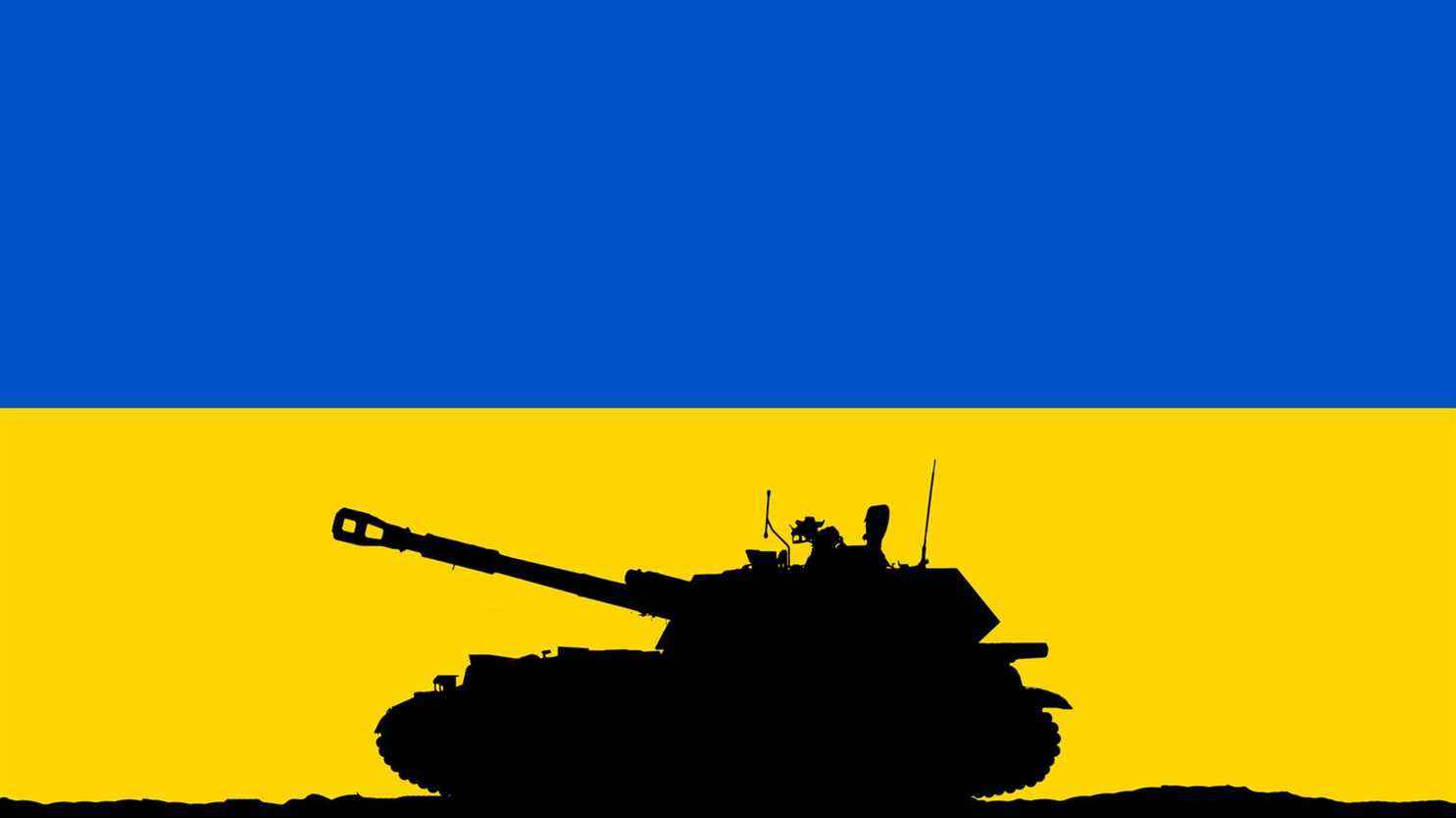Water is a key issue in armed conflicts, and it is a challenge that the Russian and Ukrainian strategists who have been fighting each other since February 24 will have to take up. Decryption with Franck Galland, specialist in security issues related to water resources, associate researcher at the Foundation for Strategic Research. He published in April 2021 with Robert Laffont, War and water – Water, strategic issue of modern conflicts.
From 1945 to today, water has always been a weapon of war. In Europe, the latest example dates back to the siege of Sarajevo in the mid-1990s. “From 1992 to 1995, water supply systems and electricity production and distribution systems were the subject of voluntary targeting, explains Franck Galland. Hospitals have also been affected, but a hospital without water cannot function.”adds the researcher.
Water has also been an issue in the Middle East, in Southeast Asia at the time of the Vietnam War, and more recently in Iraq, where the Islamic State has clearly targeted water infrastructure, in particular dams located on the Tigris and Euphrates. In August 2014, the international coalition intervened to extricate Daesh forces occupying the Mosul dam (ex-Saddam dam) on the Tigris River, about forty kilometers northwest of Mosul.
“In times of war, hydraulic structures are regularly taken hostage”, continues the researcher. This is what Yemen has been experiencing since 2015, with the destruction of water production stations and wastewater treatment sites. A situation that led to a vast cholera epidemic in 2017 and 2018 because in this country, more than 20 million people do not have access to drinking water.
In Ukraine, we still lack a bit of hindsight to understand the Russian military strategy on hydraulic infrastructures, but “The Northern Canal, which connects the Dnieper River to Crimea, is clearly part of the strategic objectives of the Russian military offensive on the southern part of Ukraine”, explains Franck Galland.

The dam built by the Ukrainians in 2014, during the annexation of Crimea to Russia, was destroyed by Russian military engineers at the start of the offensive on February 24. This bombardment immediately allowed the water to flow again in the Canal towards the Crimea.
According to Franck Galland, the Russian army will probably try to take control of the Kakhovka reservoir located upstream of the North Canal and to invest the site’s hydroelectric plant which regulates irrigation water in the south-east of the region. ‘Ukraine.
“Without water, we cannot fight…”
Frank Gallandat franceinfo
“History proves it, the techniques of sabotage or poisoning have always been weapons of war, adds the specialist. In all conflicts, the assailant seeks to pollute reservoirs or supply lines to render them inoperative.”
The expert also points out that a conflict causes many victims, and it often happens that groundwater is contaminated by decomposing corpses, which leads to a deterioration of water extracted for consumption. Pollution which is added to that of the fuel depots, destroyed in the bombings. Air pollution and soil pollution. “Water is vital energy, without water, we cannot fight”insists the researcher.
In 1914, during the First World War, French troops went to the front without anticipating this need for water.
According to research by Franck Galland, from September 1914 to April 1915, 70,000 deaths were attributable to typhoid fever, cholera or bacillary dysentery. A reality that led the political and military authorities to create the water service of the armies, during the year 1915.
During the Second World War, General Eisenhower had anticipated the problem of water for the Normandy landings in June 1944. For the first days of combat, each soldier landed with 4.5 liters of water. American and British military engineering units then built wells to supply the soldiers with drinking water.
In the case of the Ukrainian conflict, Franck Galland is convinced that the Russian military engineers have mobile treatment units to use surface water and underground water. It is also possible to use bottled water, but this requires very heavy logistics.
And to conclude with the observation of a general of the American marines, returning from the war in Afghanistan in 2009: according to this soldier, the logistical footprint of water on this intervention was 45%, which is considerable.
